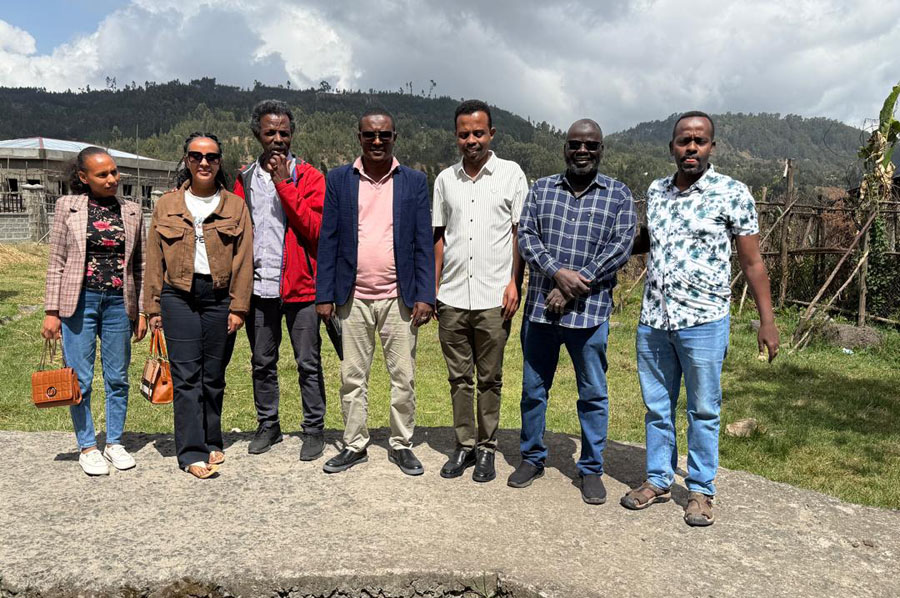An Inspiring Medical Mission to Ethiopia
As part of the enduring and impactful collaboration between the Mycetoma Research Center, University of Khartoum, the Drugs for Neglected Diseases Initiative (DNDi), and the Faculty of Medicine at Arba Minch University, I recently had the distinct privilege of conducting a comprehensive hands-on training session on the ultrasound diagnosis of mycetoma for radiologists and dermatologists in Ethiopia. This initiative is a testament to our collective commitment to improving healthcare in regions affected by neglected tropical diseases.
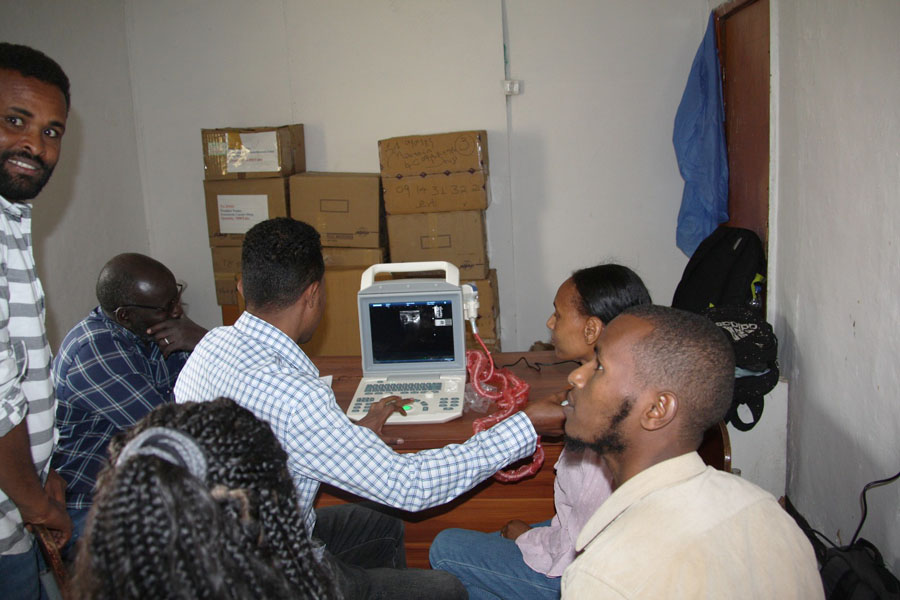
I arrived in Addis Ababa on March 8, greeted by the vibrant energy of the city. After a brief stay, I travelled to Dessie, a town located in the northern region of Ethiopia, which is known for its rich cultural heritage and its significance in the fight against various infectious diseases. The training took place at Anrs Boru Meda General Hospital, a facility established in 1974 by Sudanese physicians. This hospital was founded with the noble mission of eradicating leprosy, showcasing a long-standing legacy of dedication to public health in the region.
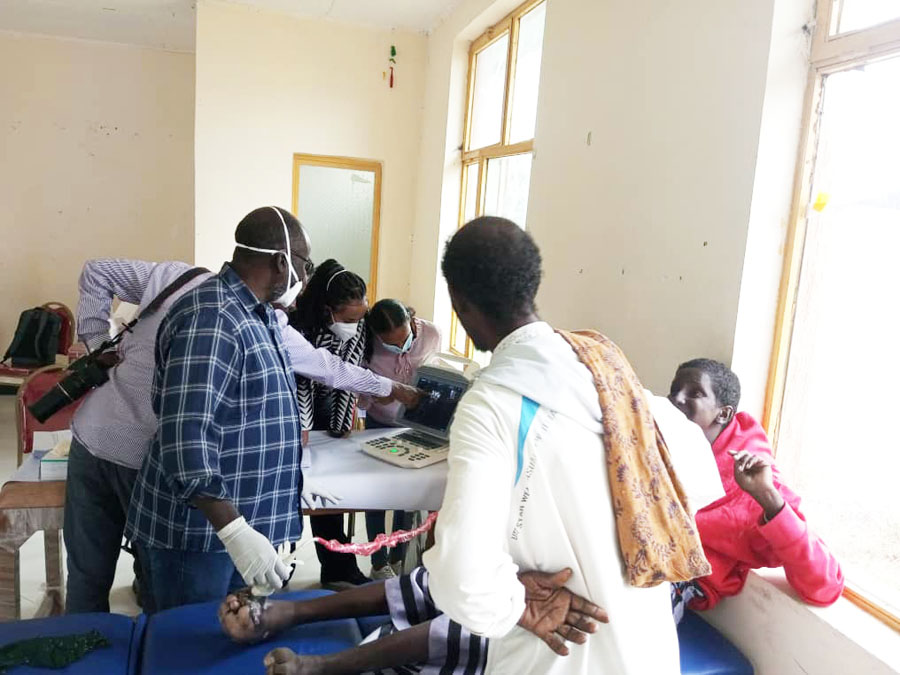
Professor Wendemagegn and his dedicated team expertly coordinated the mission. Professor Wendemagegn, a consultant dermatologist, is not only an accomplished scholar but also a passionate researcher deeply committed to advancing medical knowledge and practices in Ethiopia. His leadership and vision were instrumental in ensuring the training’s success.
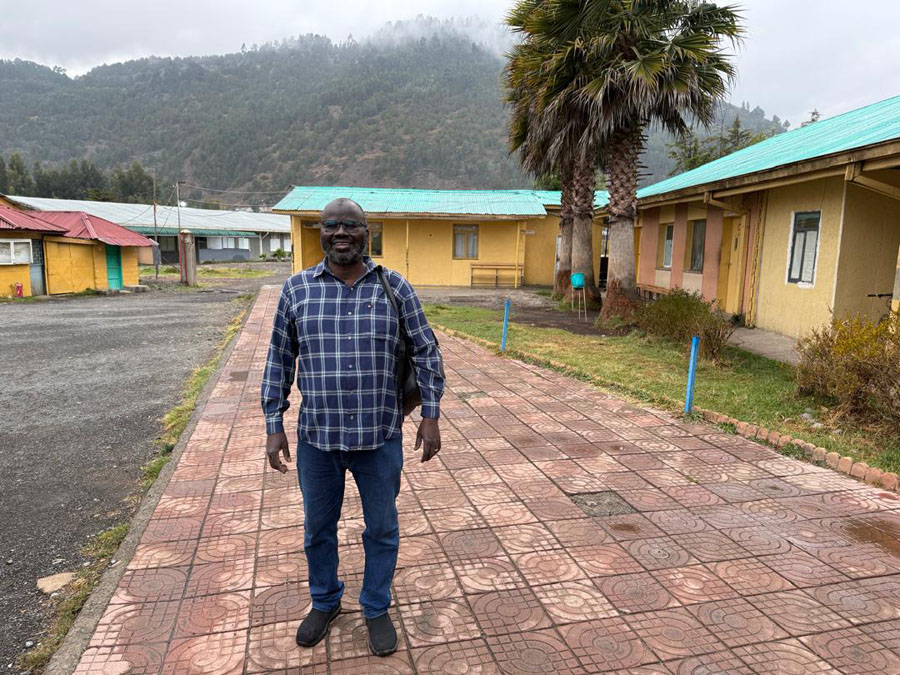
We commenced the training with a concise yet informative presentation that introduced the participants to the complexities of mycetoma, along with the latest advancements in ultrasound diagnostic techniques. This foundational knowledge set the stage for the practical sessions that followed. The workshop attracted a diverse group of participants, including Dr. Berekat and Dr. Biruk, both hailing from the southern part of Ethiopia. Their names interestingly translate to “Blessings” in English, symbolising the hope and positive impact we aim to bring to the healthcare landscape. They were joined by Dr. Giday from the northern region, Dr. Khadir from the Afar region, and several enthusiastic doctors based in Dessie.
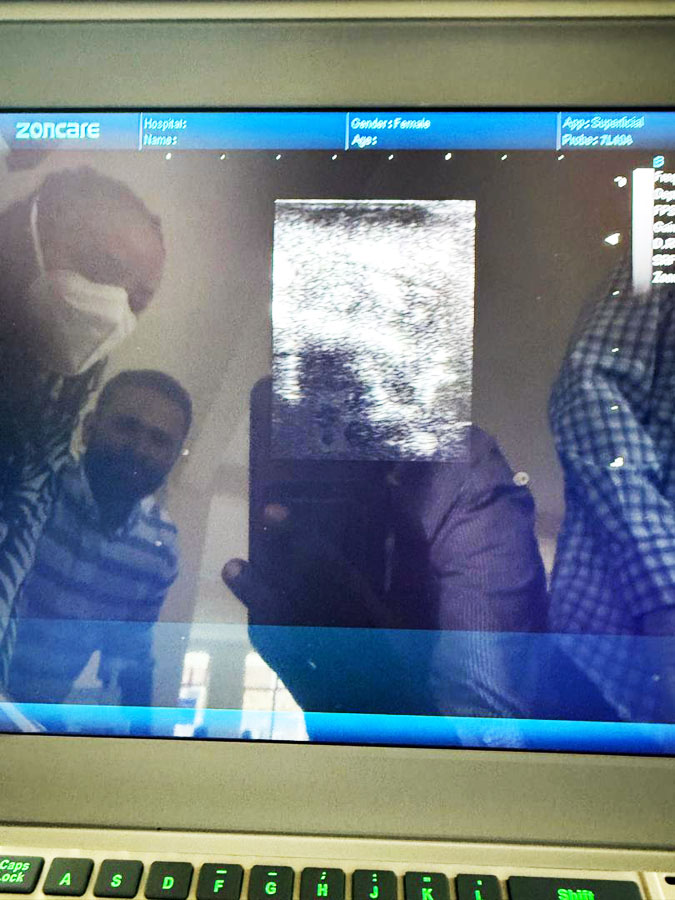
Throughout the training, we had the opportunity to examine a total of 35 patients. Out of these, 33 exhibited clear signs of mycetoma, while the remaining two were diagnosed with distinct dermatological conditions. All the patients were from the Afar region, an area characterised by climatic conditions resembling those found in the Mycetoma belt of Sudan. This geographic connection underscores the importance of targeted training in diagnosing and treating mycetoma, as these regions share similar health challenges.
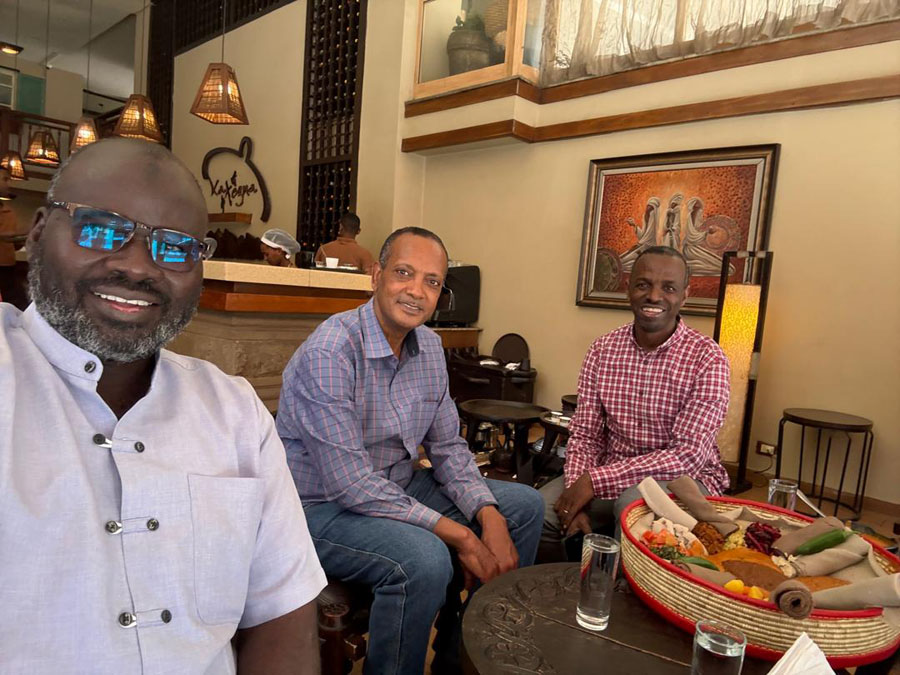
The three-day training programme was not only educational but also deeply rewarding. I was struck by the participants’ impressive learning capabilities and their adeptness at operating the ultrasound machines. Their enthusiasm and commitment to enhancing their skills were truly inspiring and reinforced the significance of such training initiatives in empowering local healthcare professionals.

I would like to extend my sincere gratitude to Dr. Alex, whose energy and enthusiasm served as a dynamo for the entire mission. His unwavering support and dedication to the cause were invaluable. Additionally, I would like to thank Dr Samuel, who played a crucial role in facilitating my visa arrangements and coordinating my hotel accommodations, ensuring that my experience in Ethiopia was smooth and enjoyable.
This experience marked my first collaboration with such a regional medical body, and it has ignited a passion within me to continue this vital work. I am eager to revisit and train colleagues in countries where mycetoma poses a significant health challenge, fostering knowledge exchange and capacity building to improve patient outcomes.
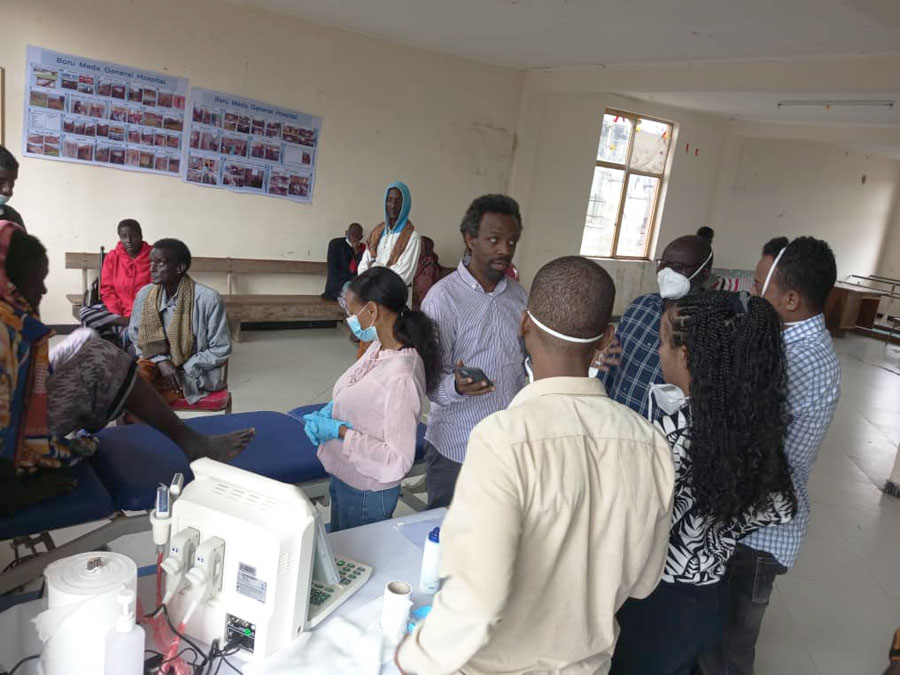
Lastly, I wish to express my sincere appreciation to Professor Fahal and Dr Borna from DNDi for their unwavering support and assistance throughout this endeavour. Their commitment to advancing global health and their dedication to addressing neglected diseases are truly commendable.
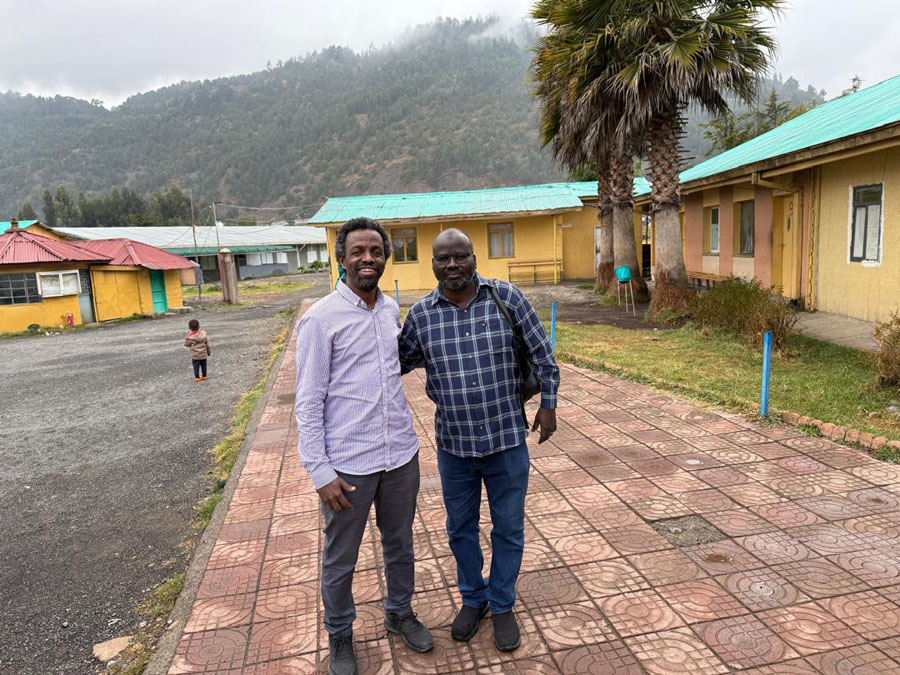
As I reflect on this remarkable journey, I am filled with hope and determination to continue making a difference in the lives of those affected by mycetoma and other neglected diseases. Together, we can forge a path toward better healthcare and a brighter future for communities grappling with these challenges.
Dr. Mustafa Elnour Bahar
Consultant Radiologist
The Mycetoma Research Centre, University of Khartoum
March 13, 2025
Addis Ababa

